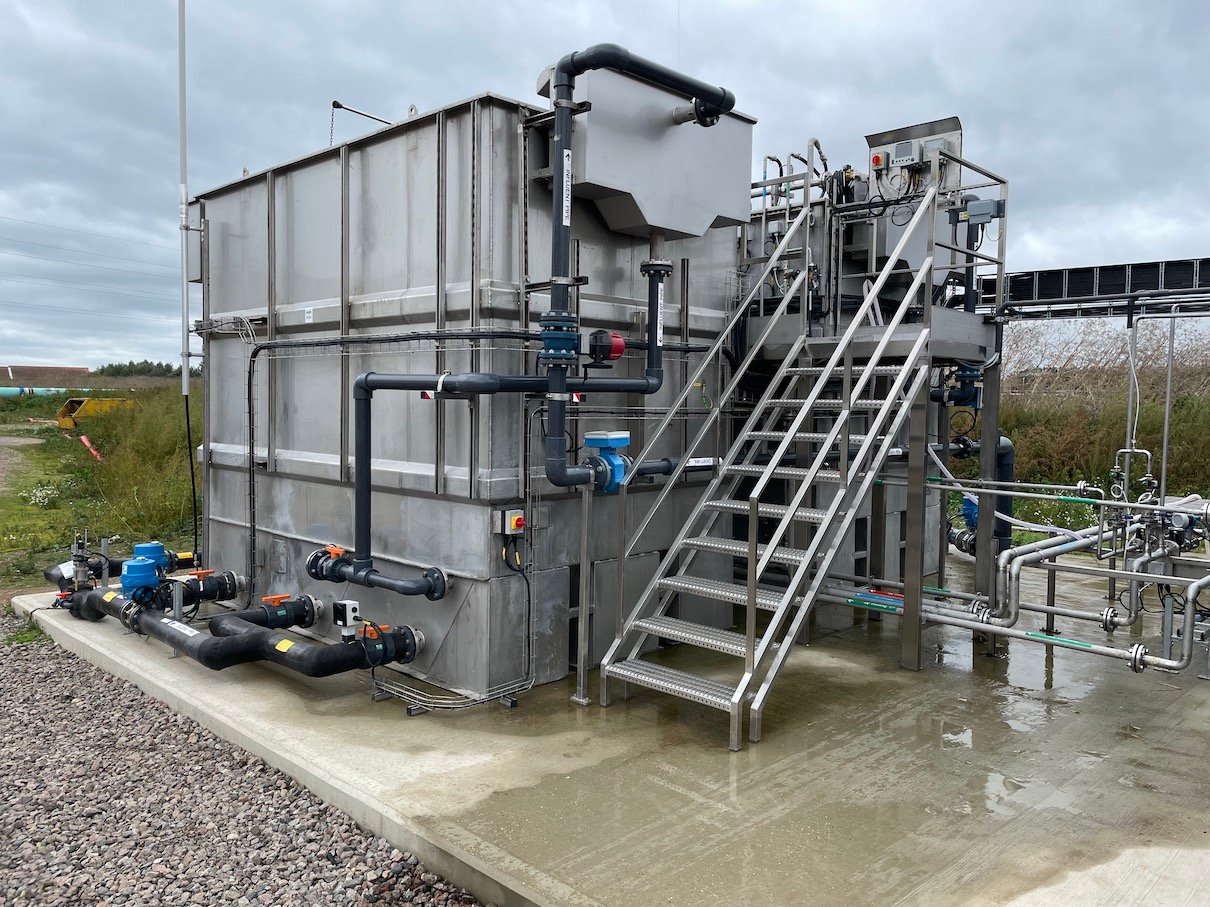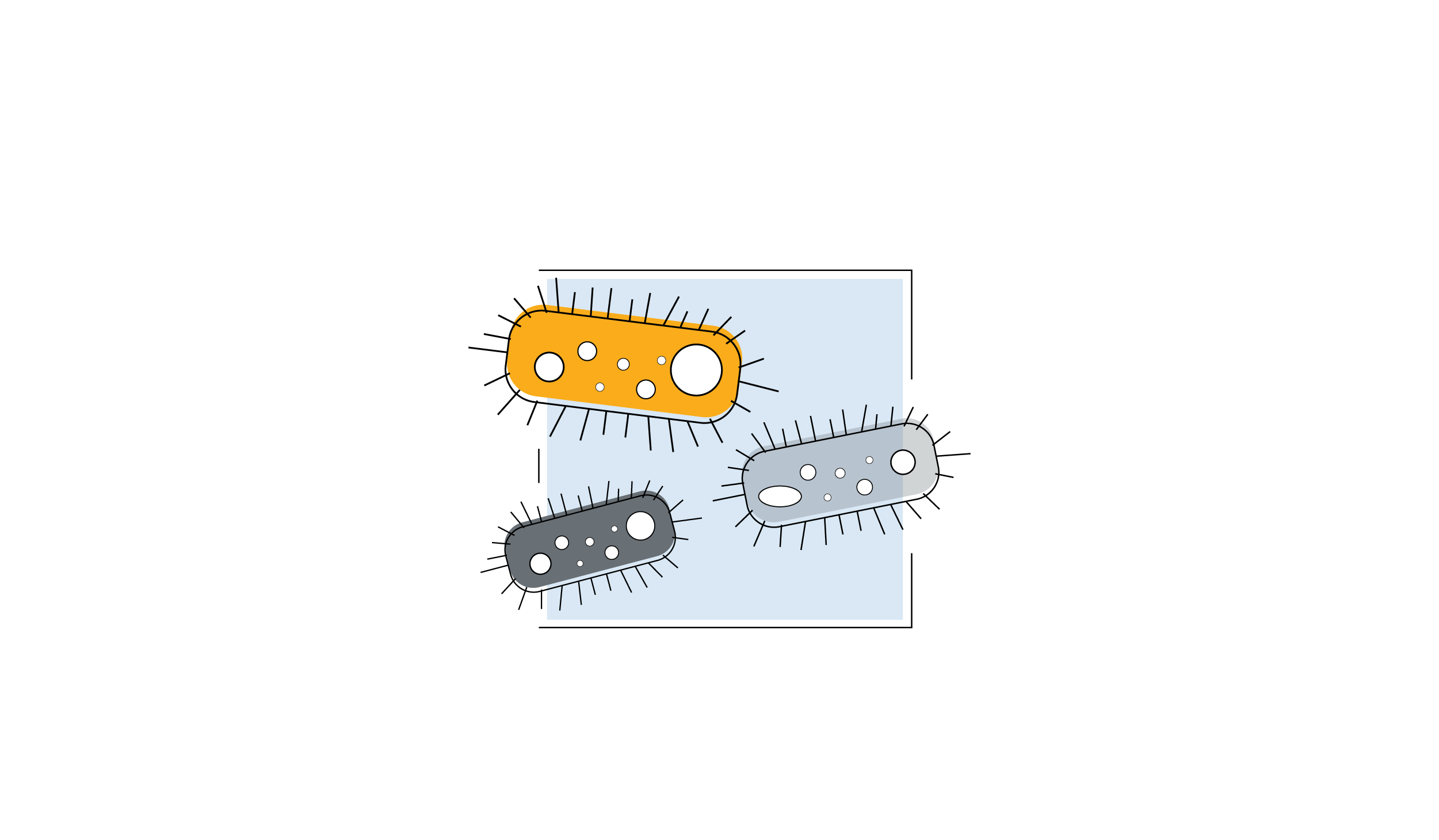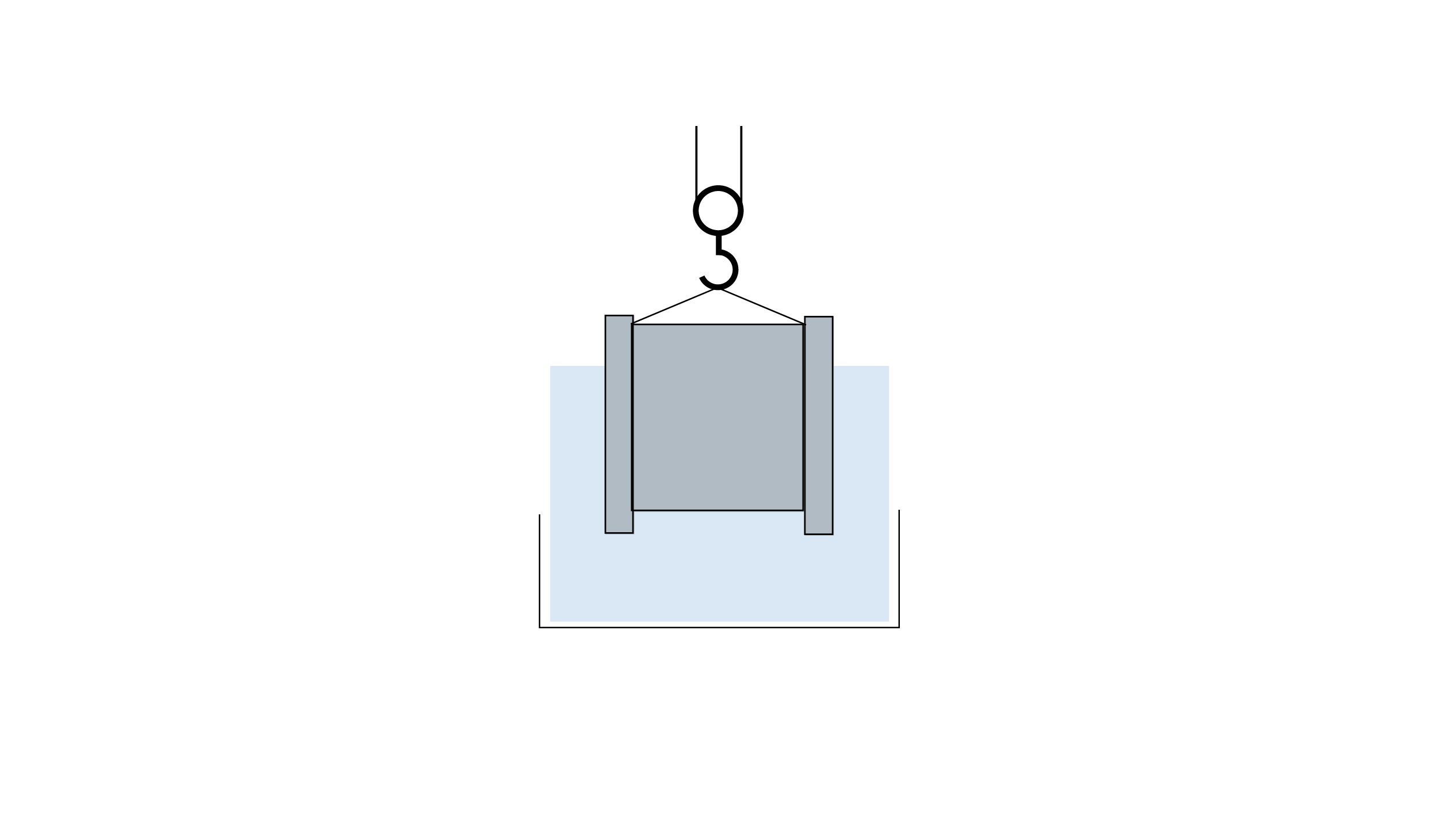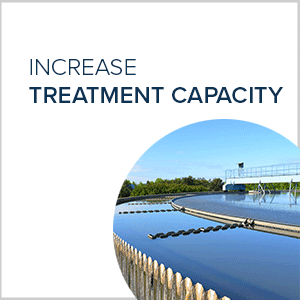Time Required to upgrade wastewater treatment plants
Increasing populations, industrial growth and ever-tightening environmental standards are pushing wastewater treatment plants (WWTPs) close to and often beyond their design limits. Many of the world's existing wastewater treatment plants need upgrading; due to treatment capacity issues or regulatory targets, where upgrading is not a choice but a necessity for compliance. These existing treatment plants can face several challenges when it comes to upgrading.
In this series, we will look at some of the critical challenges wastewater treatment plants face when it comes to upgrading their facilities.
Challenge 2 – The Time Challenge
Wastewater treatment plant upgrades can be a lengthy process; from assessing needs, acquiring land, obtaining planning permissions, consideration of services and then finally the excavation and building works. In most cases an upgrade can take years.
The OxyMem MABR drop-in solution can help overcome the challenge of time and it offers the additional benefit of enabling treatment plants to upgrade incrementally, year on year if need be. With our drop-in MABR, you can secure the most innovative, sustainable, and cost-effective solution for wastewater treatment upgrade; facilitating upgrades without draining tanks or building new structures and providing lowest capital, process, and performance risk.
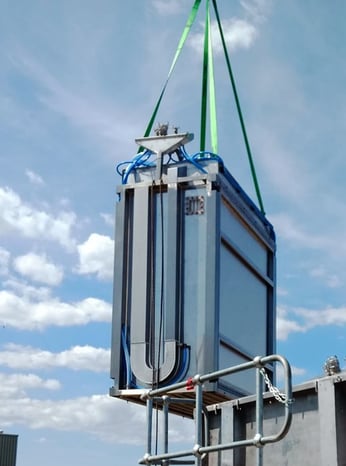
One of the most significant risks when adopting a new technology for municipal wastewater treatment is stopping the existing process and changing to a new process regime. Often during a plant upgrade environmental concessions and temporary effluent discharge consents are sought as the performance of a plant may be compromised until works are complete. Even when back online, poor plant performance is always a risk until proven otherwise and severe damage to the environment remains a concern. OxyMem's 'drop-in' modules mean you can get the benefits and improved results without the risk of disrupting your existing process. We enhance and intensify existing biological processes without changing them.
-1.jpg?width=269&name=_MG_6160%20(2)-1.jpg)
OxyMem can enable a treatment plant upgrade in a matter of days. Our modules are designed for ease of installation and commissioning and can be easily transported across the world; the modules are designed to fit neatly within sea freight containers. Local system integrators or end users can easily connect the OxyMem modules to the required services with a little support from the experienced OxyMem team, and with the process air for each module demanding the same energy as a single domestic light bulb, usually power upgrades on site are not required.
Once units are on site our quick and simple installation process can be completed in a matter of days for multiple modules; MABR modules are connected to small scour and process blowers. When fitting the module in an existing tank, a wall-mounted system can be used which does not require the tank to be drained as the work can be carried out outside the tank using additional bracketry (deployed similar to a submersible pump guiderail).
Once installed, minimal on-site supervision is required over the next few weeks, while a biofilm becomes fully established and while performance is optimised. The technology does not require highly specialised or skilled staff for operation and OxyMem can support remotely should an online/ dial-in function be installed.
See our installation video below
If you missed our first article of the series read it here: The Land Challenge
Contact us today if you would like to discuss how OxyMem MABR can help you overcome your plant challanges.
Click here to subscribe up to the OxyMem Newsletter


